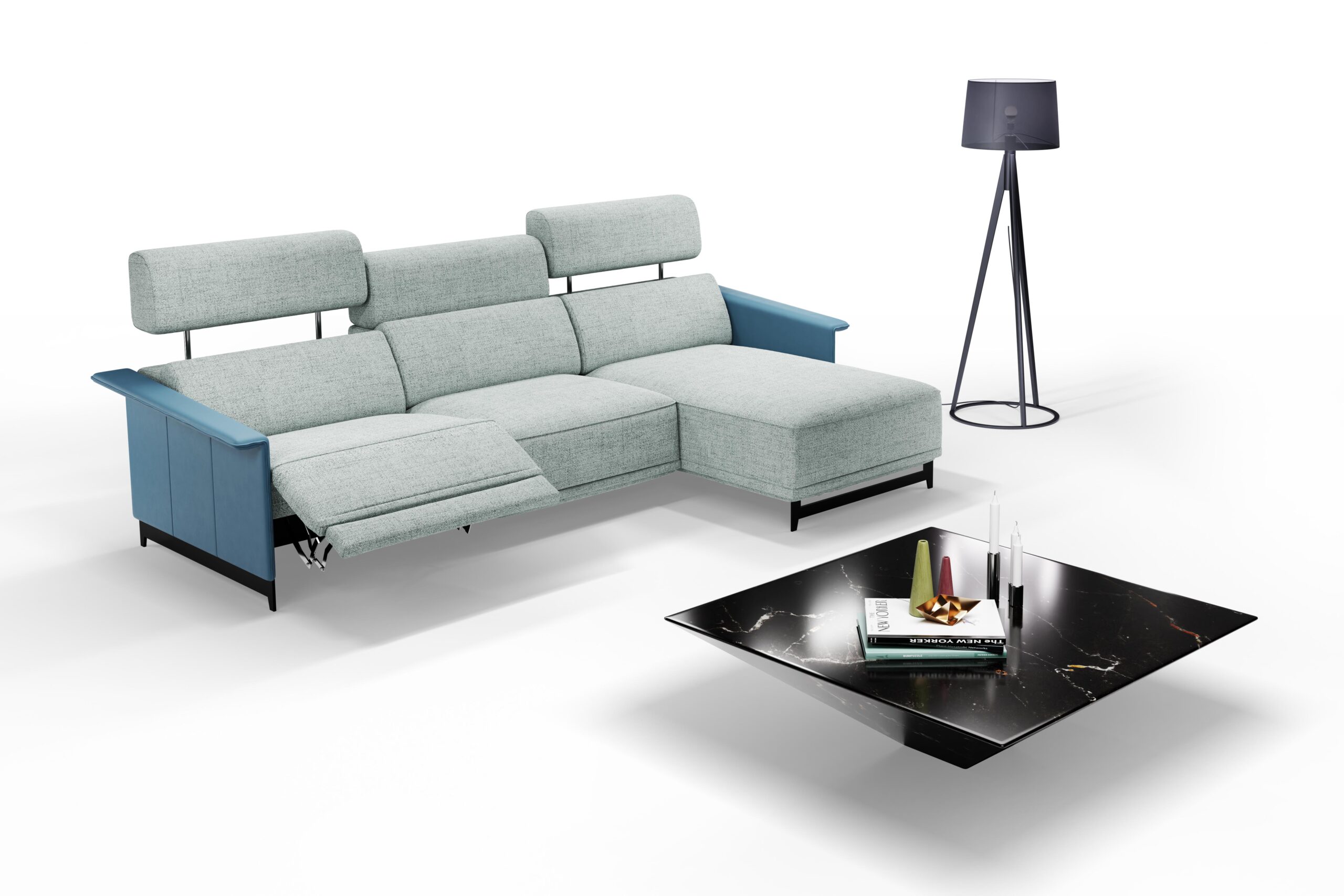Condividi
Share on facebook
Share on linkedin
Share on whatsapp
Share on email






